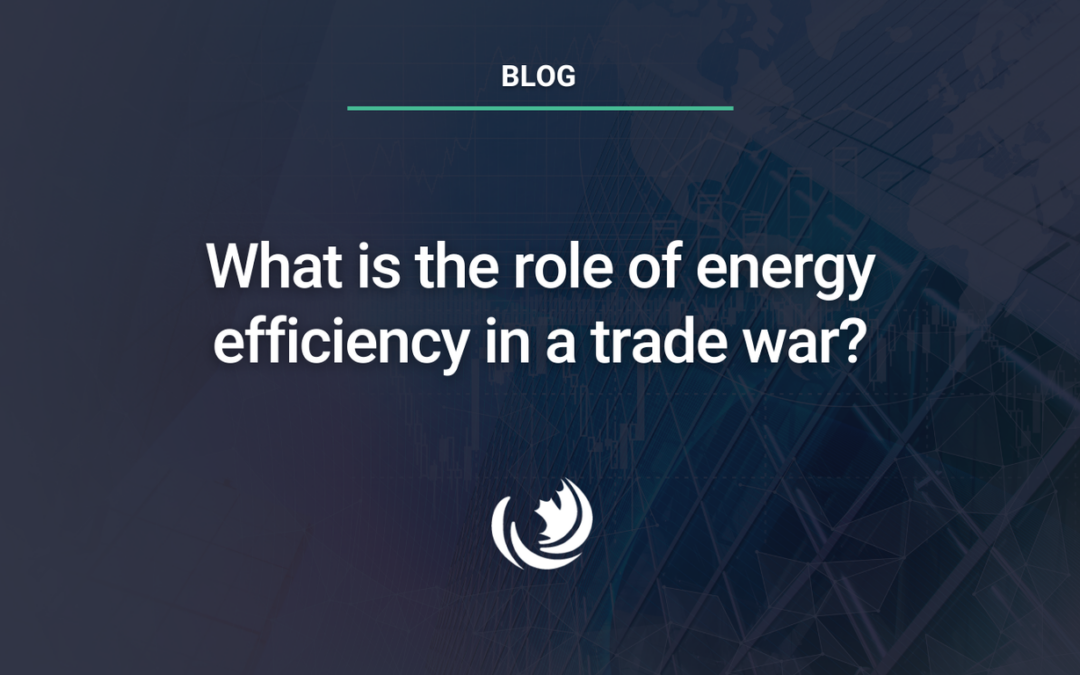
In the face of Donald Trump’s tariffs on Canadian goods, the primary policy objectives will likely be people’s security and building a more self-reliant economy. Energy efficiency can help achieve both.

The federal government released Clean Electricity Regulations alongside Powering Canada’s Future: A Clean Electricity Strategy and overall, the federal government has recognized our previous calls to recognize the importance of demand-side management.
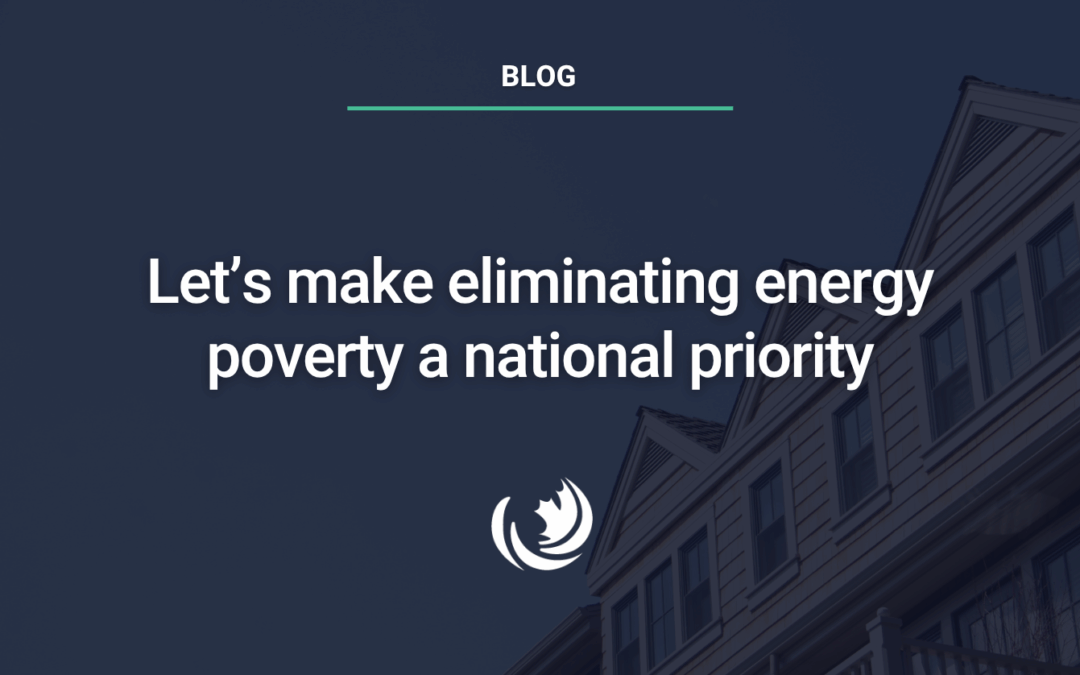
Energy poverty — when households spend a high portion of their incomes on energy bills or can’t access services like warmth or cooling — affects more than two million households.
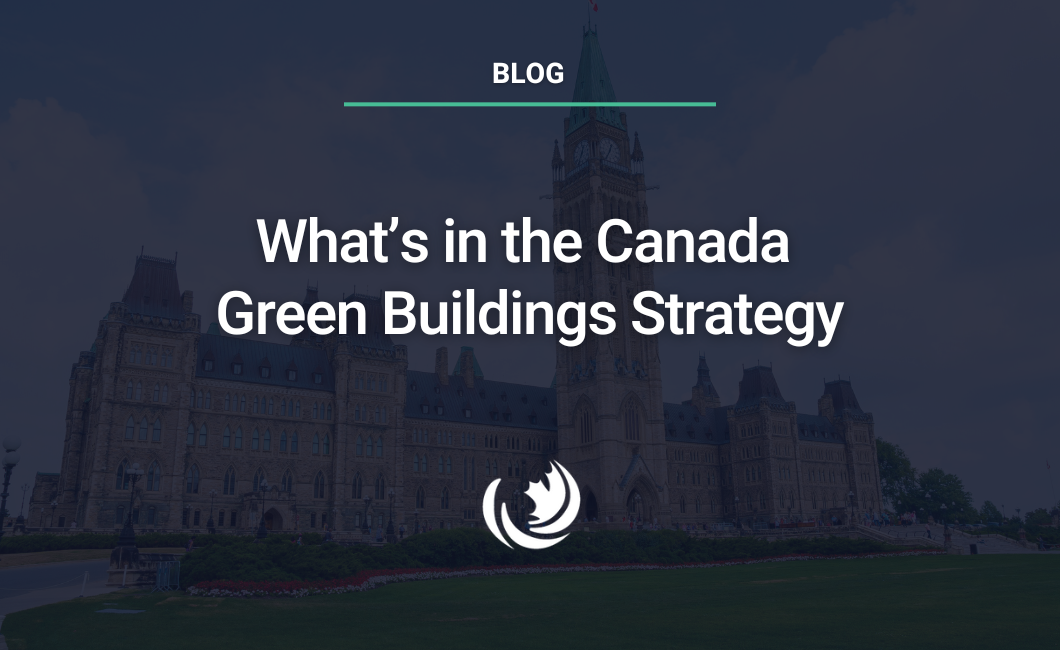
The federal government released its Canada Green Buildings Strategy. The strategy recognizes that green buildings are affordable, healthy, and climate-resilient. Yet, to deliver on this promising future, the strategy needs to include new public investments or clear regulatory pathways.
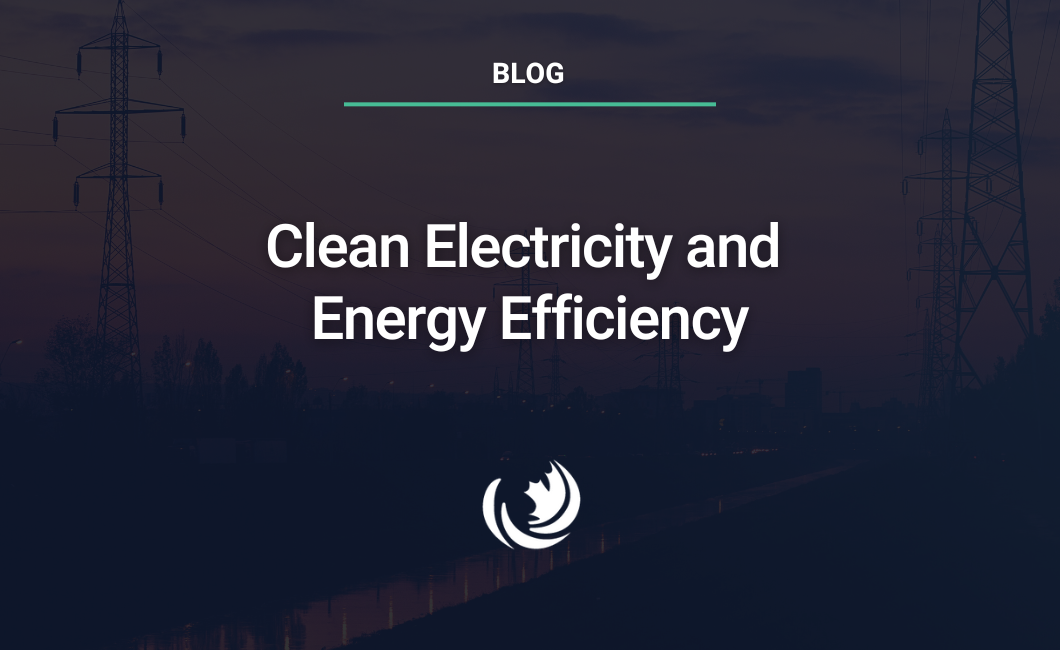
The federal government is working on creating a Clean Electricity Regulation that will result in net zero electricity across Canada by 2035. Many in the industry are looking at how they would accomplish this goal including the Alberta Electric System Operator (AESO) who recently modelled the cost of achieving deep emission reductions in a province with some of the highest electricity emissions in the country.
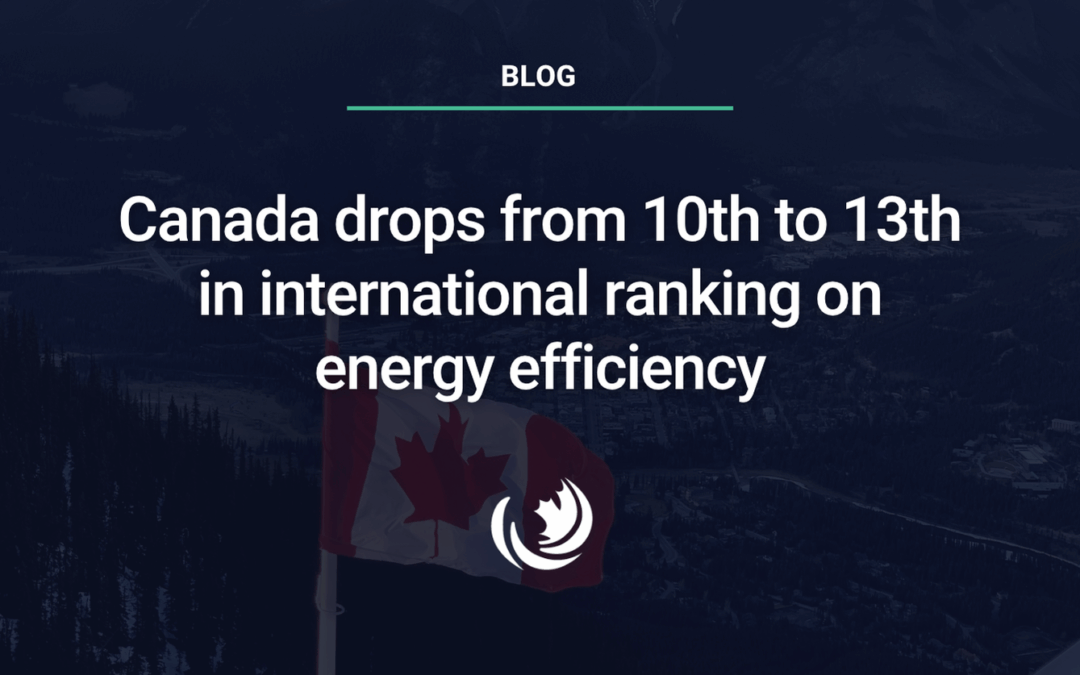
The 2022 International Energy Efficiency Scorecard is out. Produced by our colleagues at the American Council for an Energy Efficient Economy, it assesses the policies and performance of the world’s top 25 energy consuming countries. In this blog, we dig into the results, and discuss what we can learn to improve energy efficiency in Canada.







